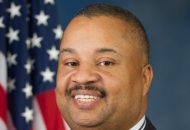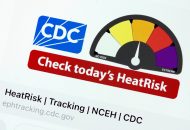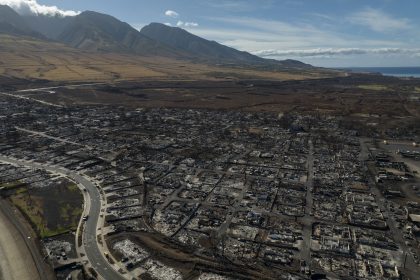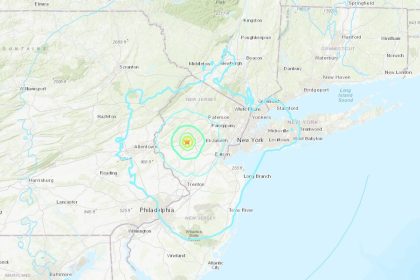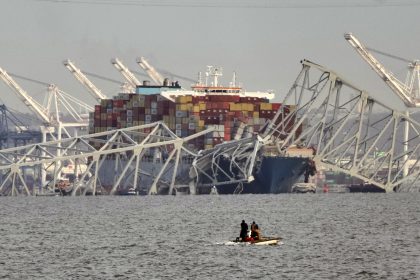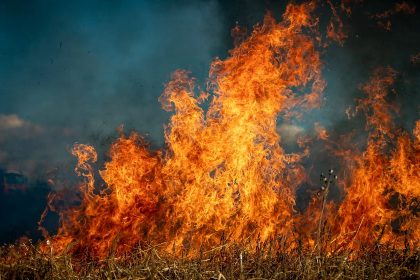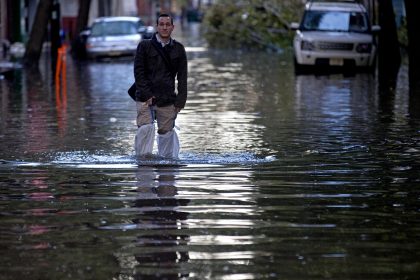GAO Report Outlines Chronic Staff Shortages at FEMA
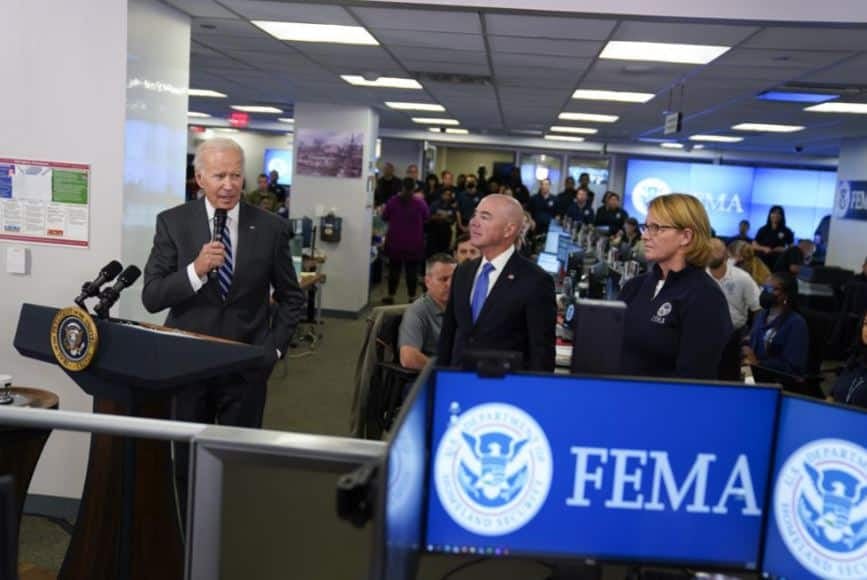
WASHINGTON — With the start of the 2023 Atlantic hurricane season just weeks away, a new report from the Government Accountability Office suggests the Federal Emergency Management Agency continues to suffer from chronic staff shortages that are leading to burnout and retention challenges at the agency.
The problem is not new. In fact the agency has fallen short of its yearly staffing target since 2019, but according to the GAO, the gap continues to grow despite FEMA’s best efforts to tame it.
As of the beginning of fiscal year 2022, FEMA had approximately 11,400 disaster employees on board and a staffing goal of 17,670, creating an overall staffing gap of approximately 6,200 staff (35%) across different positions.
“The shortfall and gap is a concern, particularly if FEMA faces another disaster season [like the one in] 2017, where they had numerous concurrent disasters back to back,” said Chris Currie, director of Homeland Security and Justice at the GAO, in an email to The Well News.
During 2017, one may well remember, the U.S. experienced a historic year of weather and climate disasters.
In total, the nation was impacted by 16 separate billion-dollar disaster events including: three tropical cyclones (Hurricanes Harvey, Irma and Maria, which alone were responsible for about $265 billion in damages), eight severe storms, two inland floods, a crop freeze, drought and a series of wildfires, the worst being in central and southern California.
What staffing gap, which the GAO refers to as the “disaster workforce staffing gap,” may have existed 2017 isn’t covered in the report.
What it does say is that starting in 2019, FEMA undertook a number of efforts, including holding hiring events and using private contractors, to increase its disaster workforce and reduce these gaps.
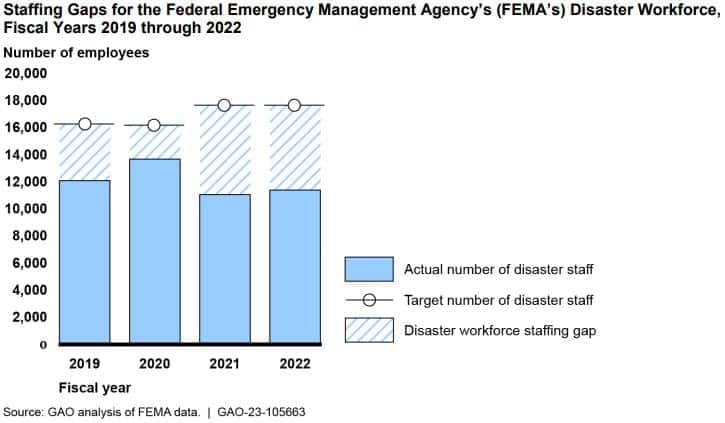
At the time, the GAO says, the agency had a shortfall of about 4,000 disaster employees. After some initial apparent success, evident in 2020, the gap dramatically widened in 2021 and 2022.
With that, the Government Accountability Office was asked to review FEMA’s hiring processes, the staffing gaps, and the extent to which the agency monitors and evaluates its efforts to fill these gaps.
The assessment process is not as easy as it might seem. In any given year, the federal disaster workforce is designed to scale up or down depending on the timing and magnitude of disasters.
Under the auspices of the Robert T. Stafford Disaster Relief and Emergency Assistance Act, FEMA has the authority to augment its permanent full-time staff with temporary personnel and deploy non-FEMA staff members when needed.
Throughout its history, FEMA has relied on both permanent and temporary staff members to respond to presidentially declared disasters.
“They [also] hire locally to supplement their staff — and that helps — but these folks are new and not as experienced in FEMA programs,” the GAO’s Currie said. “And this also leads to burnout and retention challenges for the experienced workers they do have.”
What the GAO found as it conducted its review is that FEMA lacks documented plans and performance measures to monitor and evaluate its hiring progress within workforce groups (also called “cadres”) toward the larger workforce goal.
FEMA’s disaster workforce is organized into 23 cadres. Each is a group of FEMA employees who are organized by the type of work they do.
These groups are based on skills and experience and generally deploy to an incident at varying points in the response and recovery phases, depending on their functions.
FEMA’s five largest cadres — public assistance; individual assistance; logistics; hazard mitigation; and disaster survivor assistance — represented two-thirds of the agency’s incident management workforce at the beginning of fiscal year 2022. The other 18 cadres represent the other third of their disaster workforce.
According to the GAO, “without documented plans and measures, such as cadre net growth targets, it is difficult for FEMA to determine how effective hiring efforts are at closing staffing gaps and prioritizing hiring efforts within the disaster workforce accordingly.”
To be sure, FEMA, like every other large employer, was impacted in multiple ways by the COVID-19 pandemic.
And, as noted in the GAO report, it also has extraordinary avenues to respond to staffing shortages if it needs to — for instance, the secretary of Homeland Security can also activate members of the DHS Surge Capacity Force if a disaster or emergency exceeds the capacity of the FEMA disaster workforce.
Nevertheless, the GAO recommended FEMA document clear and consistent procedures to collect and calculate time-to-hire information; document plans to monitor and evaluate the agency’s progress on hiring efforts to address staffing gaps; and develop performance measures that monitor and evaluate progress towards goals, including net growth targets for cadres to achieve FEMA’s long-term disaster workforce staffing goal.
It noted that FEMA concurred with its recommendations.
In a written statement, FEMA Press Secretary Jeremy M. Edwards said the agency “has some of the best emergency managers in the world supporting communities nationwide before, during and after disaster, and our dedicated workforce works hand-in-hand with federal, state and local partners, along with volunteer and nonprofit agencies, help people jumpstart their recovery.
“As our nation adjusts to more frequent and extreme weather events, as well as an evolving threat landscape, FEMA continues to make an enterprise-wide commitment to achieving its Force Structure and growing its workforce to meet the disaster and Homeland Security Incident needs of the nation,” Edwards continued. “FEMA is already taking actions that align with this recommendation and plans to take more in the future.
“For example, in November 2022, FEMA published its Recruitment Plan to achieve the agency’s strategic priority of building a more diverse workforce that offers promising practices and unique perspectives in the face of complexity and adversity,” he said.
“FEMA is also committed to investing in the next generation of emergency managers through initiatives such as our Youth Preparedness Council and the HBCU/Minority Serving Institutions Summer Internship Program,” Edwards added.
As for this year’s hurricane forecast, last month researchers at Colorado State University’s Tropical Meteorology Project, one of the most reliable of predictors, said they are expecting slightly below-average hurricane activity for the 2023 season.
In the university’s Atlantic Seasonal Hurricane Activity forecast, the researchers forecast 13 named storms, six hurricanes and two major hurricanes for 2023.
The average is 14.4 named storms, 7.2 hurricanes and 3.2 major hurricanes.
Though the National Oceanic and Atmospheric Administration’s Climate Prediction Center has yet to come out with its final forecast for the Atlantic hurricane season, it is predicting an El Niño pattern that’s expected to take over by late summer or early fall.
That would comport with the CSU forecast because while El Niños tend to strengthen hurricane season in the central and eastern Pacific, they appear to do just the opposite in the Atlantic basin.
Forecasters at the Climate Prediction Center said last month that there is a 62% chance El Niño will take over between May and July, and an 80%-90% probability it will form by fall.
The center’s 2023 Atlantic Hurricane Season Outlook will be released on Thursday, May 25 at 11 a.m.
The Atlantic hurricane season runs June 1 to Nov. 30 every year.
Dan can be reached at [email protected] and @DanMcCue
This story was updated to include the response from FEMA.











